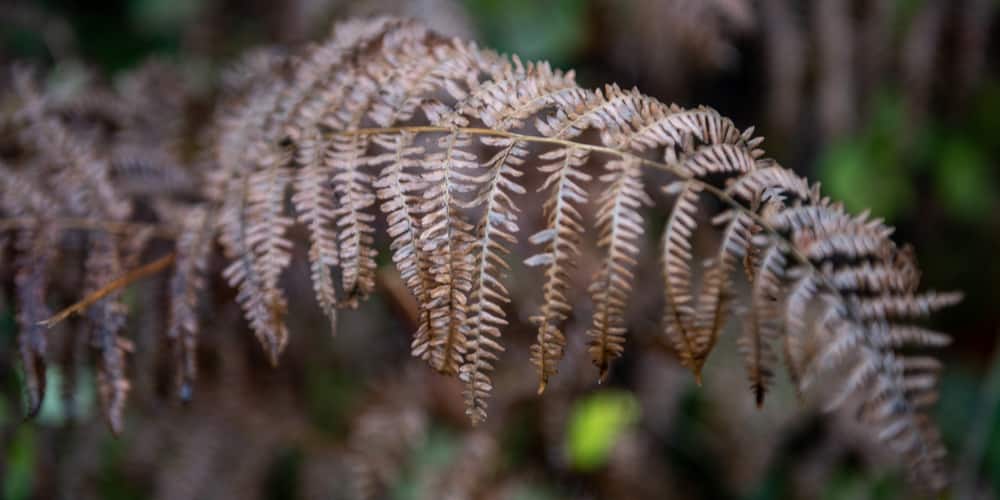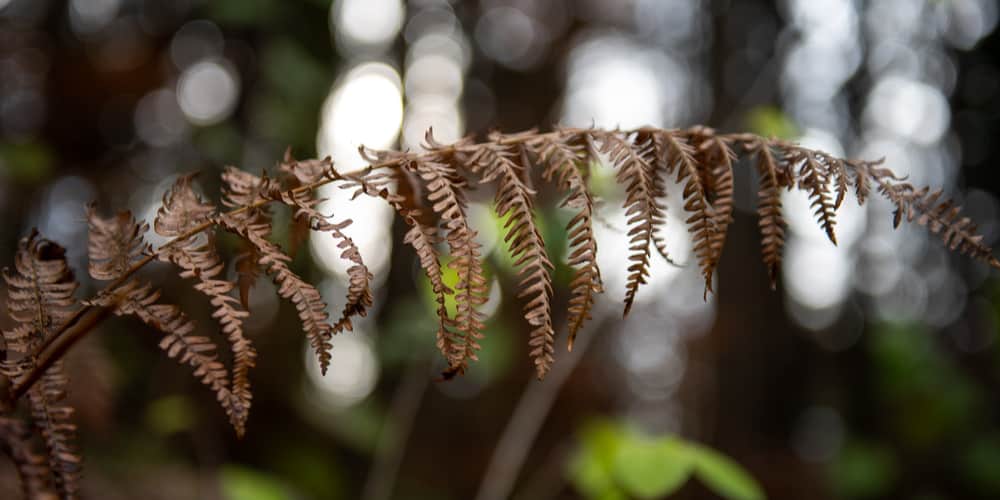Boston ferns are elegant-looking plants native to the southern parts of North America. During the Victorian era, this plant became popular among homeowners looking to add a tropical touch to their homes.
But even today, the plant is a favorite choice for many people willing to add a touch of greenery to their interiors. While Boston ferns aren’t particularly challenging to grow, they require you to get familiar with their needs so that you know what to do to recreate their ideal environment.
But what does it mean when a Boston Fern turns brown? And can you revert this condition? Find out about the most common causes of this issue in this essential guide!
Why Is My Boston Fern Turning Brown?

Boston ferns usually display attractive bright green foliage. However, its leaves might turn brown. Such discoloration is the symptom of inefficient care of inadequate growing conditions. But let’s get into the details of what may be causing your Boston fern leaves to turn brown.
Too Much Sunlight
The most common reason for brown leaves in a Boston fern is exposure to too much sunlight. Indeed, Boston ferns require little indirect light to thrive. Direct sun rays will burn your plant and turn its leaves brown.
If you suspect that to be the source of issues with your plant, move it to a different location or add shears to your windows (if you are growing it indoors).
Inappropriate Substrate
The selection of an inadequate potting mix is another reason for Boston fern to turn brown. Remember that this plant loves humidity. However, if you don’t plant it on a suitable substrate, your fern might suffer from overwatering. In turn, your plant will fail to absorb nutrients which will eventually cause its death.
In soggy soils, ferns will also be susceptible to root rots and fungal infections, which will result in browning. Reverting such conditions can be a challenging task. However, you can try your luck by transplanting your fern to a new location with a fresh substrate.
Not Enough Humidity
Humidity and temperature are elements you must pay attention to when growing a Boston fern. These plants need constant moisture. And, if you live in a dry region, you’ll have to mist its leaves with water with high frequency. Doing so will help increase moisture around your plant and prevent it from turning brown.
Also, avoid exposing your plant to temperatures above 95°F, which may kill it. If you live in a hot area, consider adding a thick layer of mulch around your ferns. Doing so will increase water retention, improve drainage, and maintain a constant temperature, which will prevent thermal shocks.
Too Little Water
Overwatering can be an issue. However, not giving your plant enough moisture will cause problems. You should feel the soil with your fingers regularly. Doing so will allow you to know when is the right time to water your plant. Remember that the watering frequency might change according to your local climate.
You should reduce watering during the winter when Boston fern goes dormant and increase it in the summer, especially if you live in a dry region. Don’t forget to plant your fern in a suitable container with adequate drainage holes.
Overfertilization
Another common reason for Boston ferns to turn brown is overfertilization. The truth is that these plants don’t need many nutrients to thrive. And applying too much fertilizer might result in salt accumulation in the soil, which may burn the area around your plant. In turn, this will prevent your fern from absorbing nutrients.
If you need to fertilize your fern, only do so once or twice a year. Also, remember to follow the instructions you find on the product’s label to avoid harming your fern.
